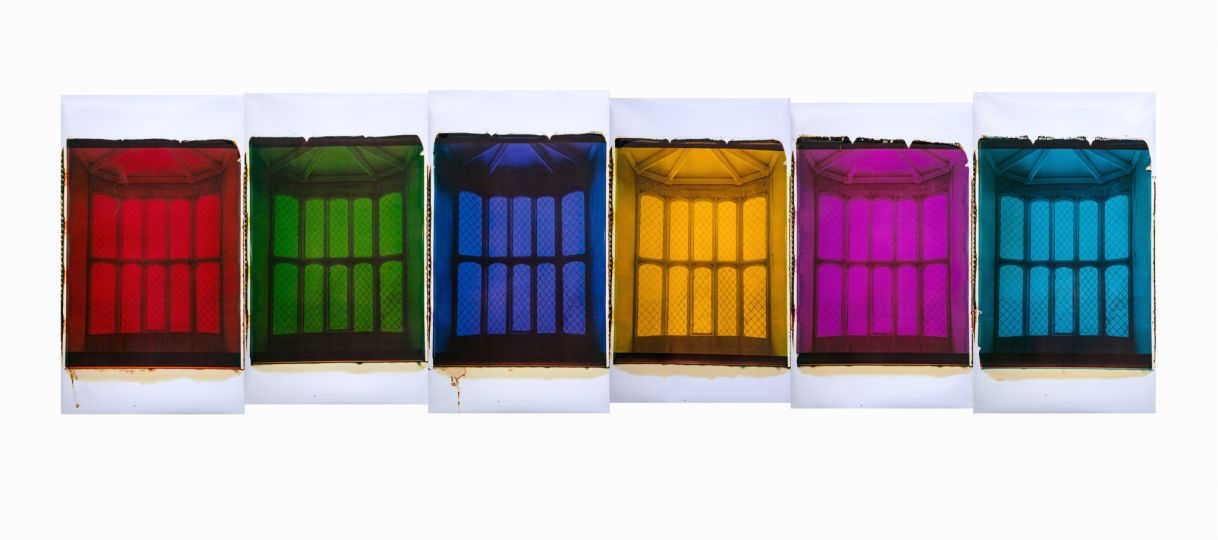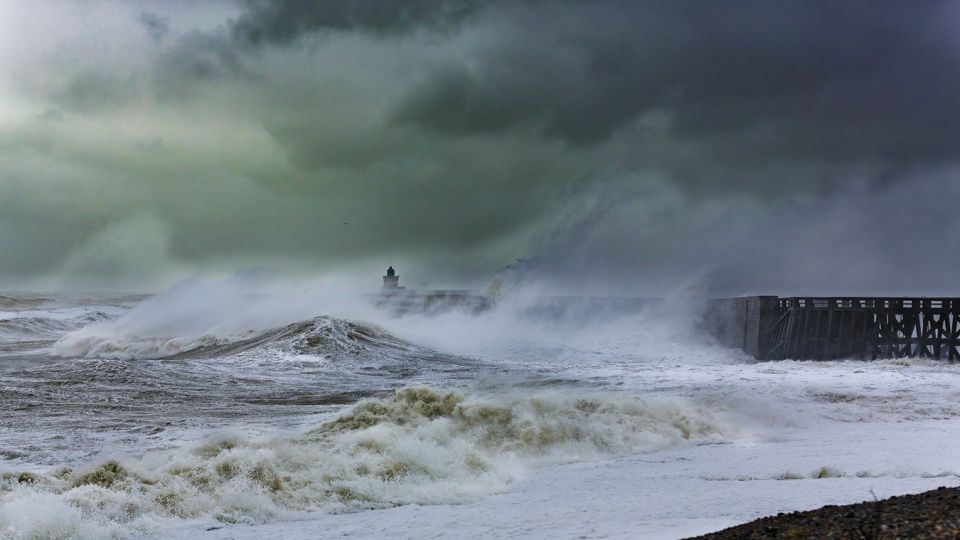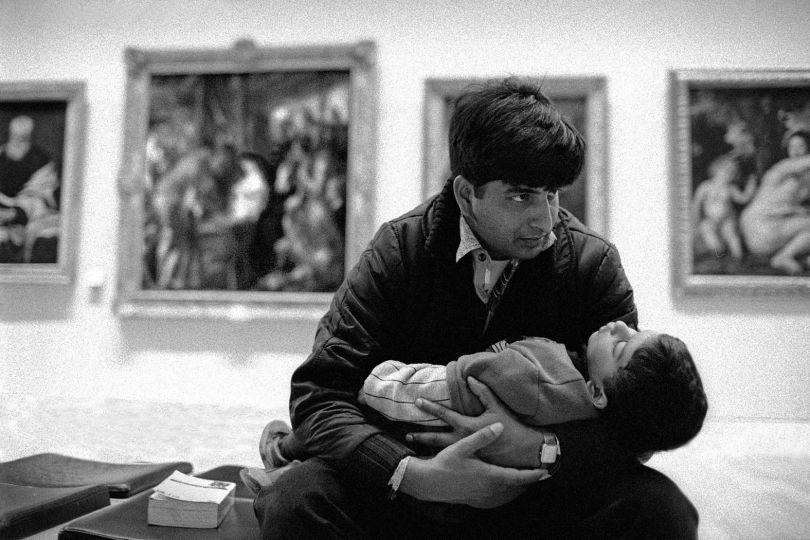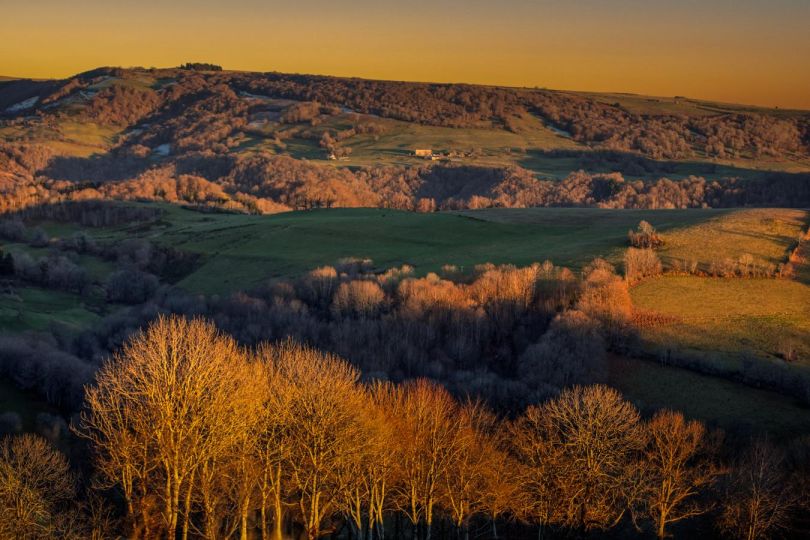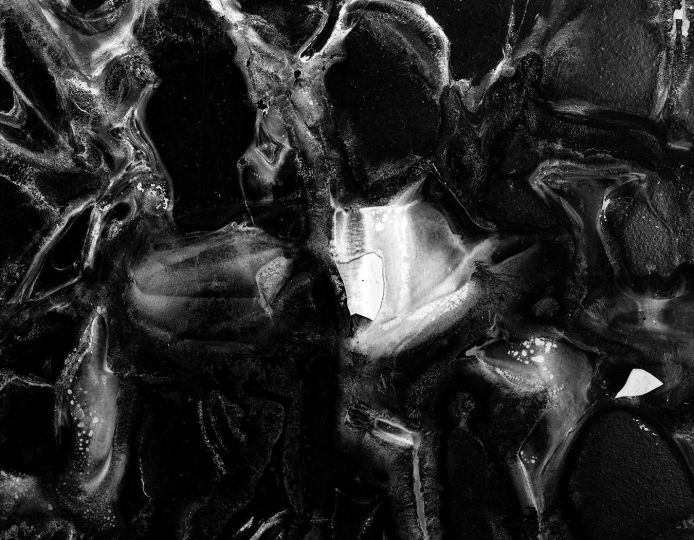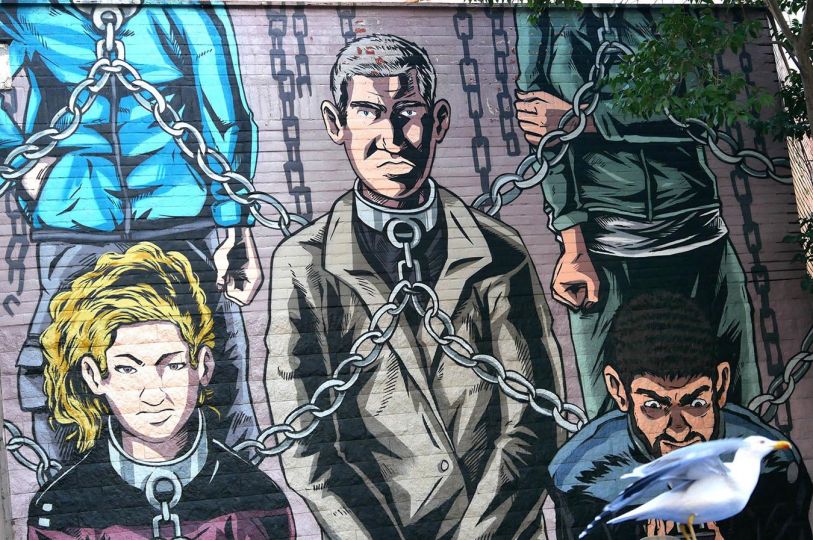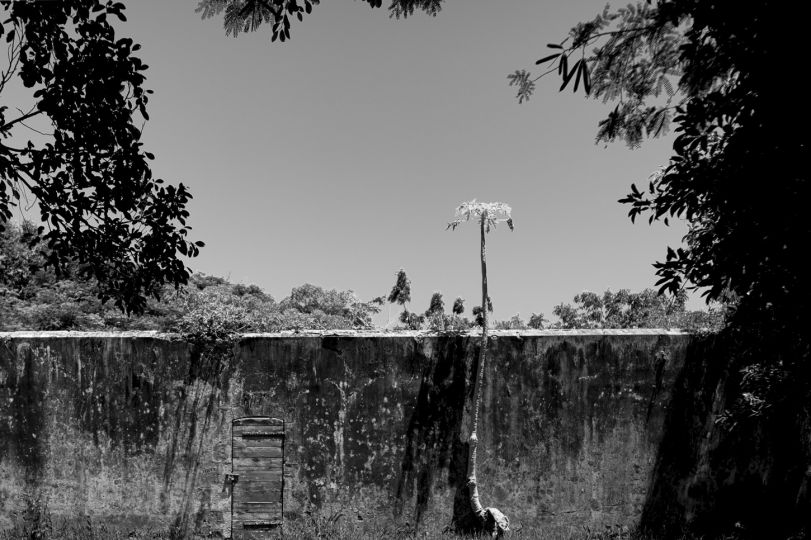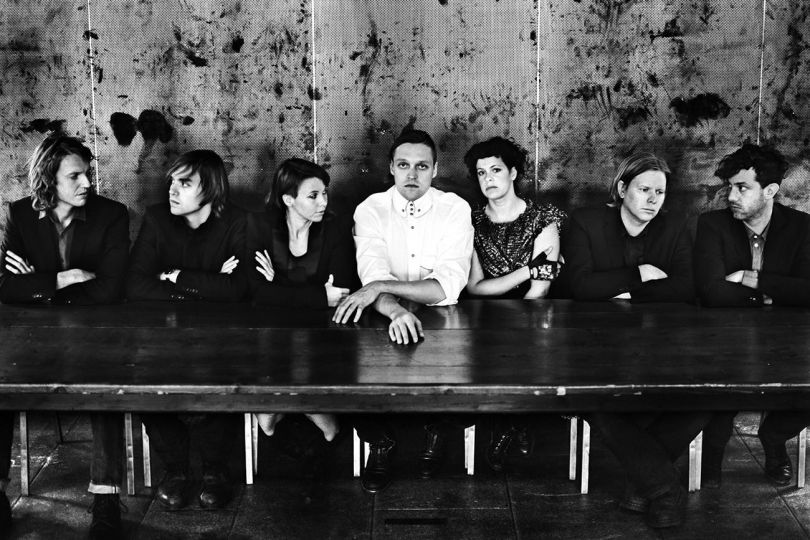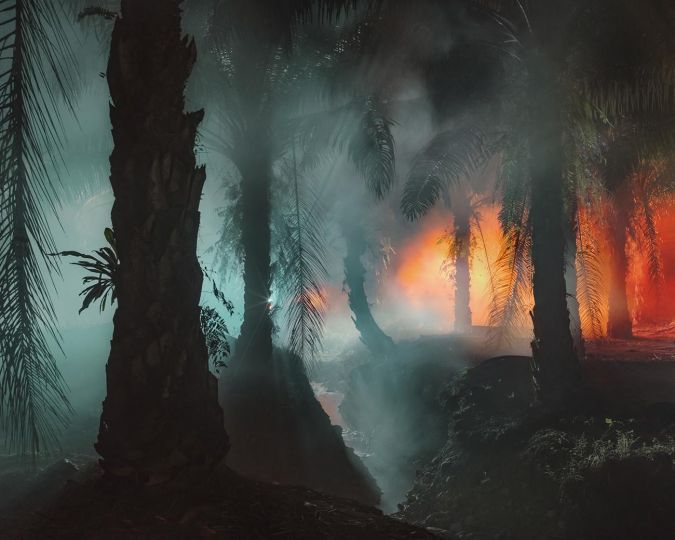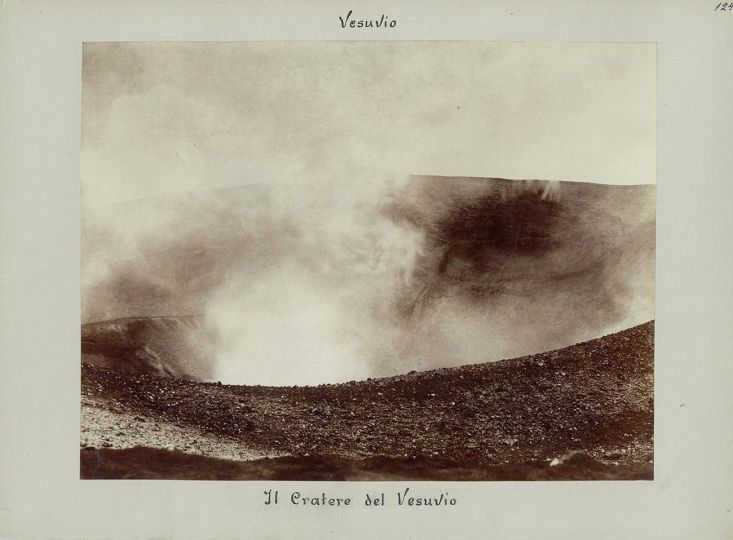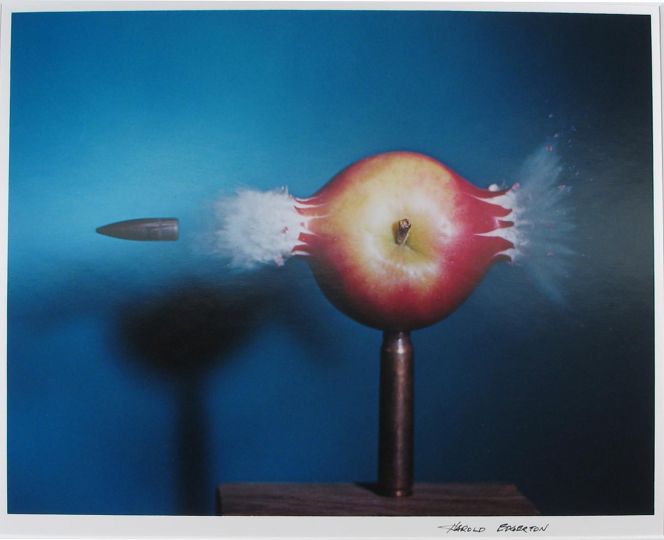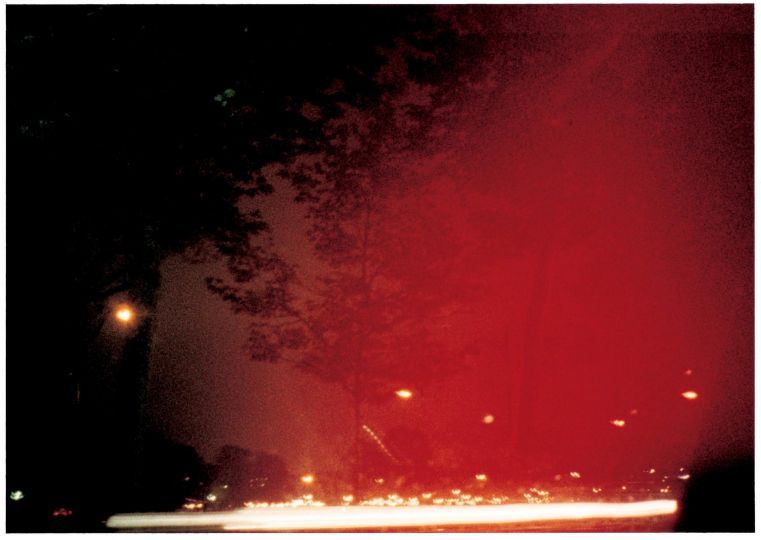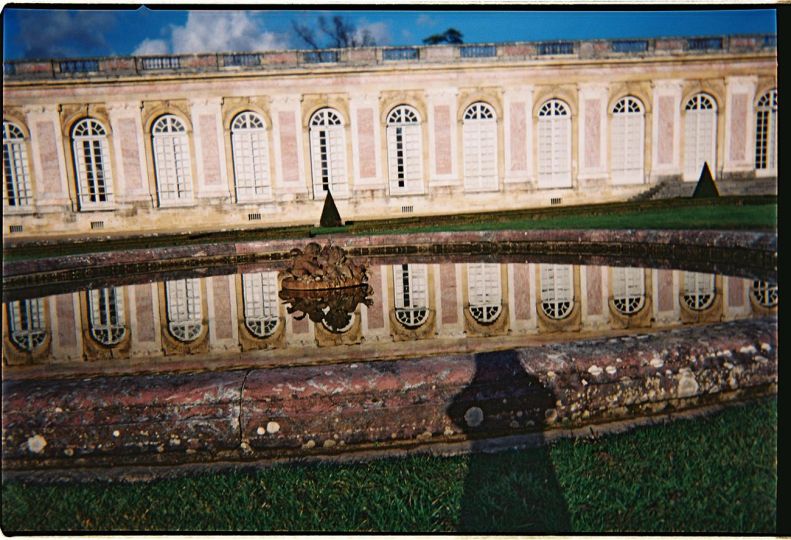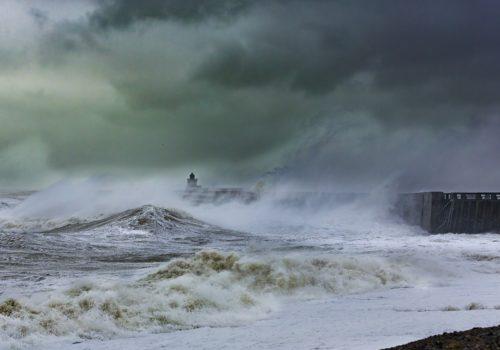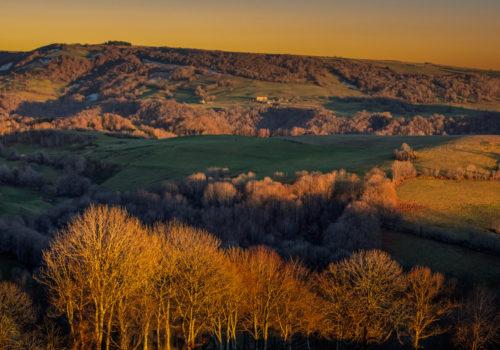Crush & Pull
Light’s immateriality challenges its makers today, analog versus digital, doubles our challenges. My projects begin with questions. “What is a 21st century photograph?” sees my answer in partnering 19th century photogram with 20th century Polaroid’s instant technology.
“What do these two have in common?” and “Where do they overlap?” follows “How?” finds the negative.
Briefly stated, the history of the ‘shadow’ in art is cited in the photogram, a paper negative that records the outline of an object, its ‘referent’ – leaf or lace – in silhouette on a dark ground.
Discovered by William Henry Fox Talbot (1800-1877), the British polymath, photograms were exposed using the sun, named ‘sun pictures’. The negative paper print made a positive when contact printed, thus the negative-to-positive duality the foundation in photography.
Anna Atkins, Talbot’s contemporary, parallels his non-colour photograms, her “sun pictures” in blue as cyanotypes – cyan, Greek for blue – her studies begin colour in photography.
The 20th century sees the large format Polaroid 20 X 24 (circa 1980s) known the world over; its monumental negative transfers in development to make the positive (www.20X24Studio.com). Thus the negative-to-positive duality, the foundation in all photography, share a common ground, through the negative in both Photogram and Polaroid; the latter, its American inventor/scientist, Edwin Land (1909 – 1991).
The negative is an important link connecting time and history, it signals the “shadow” as metaphor bringing new possibilities in “picture signs”. My “Crush & Pull” series (2018 -2024) highlights photography’s unique processes and chemistries, underscoring concepts in light, half-light, or no light; the zero of a “light-tight” dark room mirror the historical camera obscura, a very small pinhole camera first to see Talbot’s iconic “Lattice Window”.
This newest series also references Museum of Modern Art (MoMA) group exhibition titled: “Mirrors & Windows: American Photography since 1960” by MoMA’s curator the late John Szarkowski. This exhibition highlights the “linked ring” of those camera operators, an early term for photographers, that see our world as a mirror or a window into and of it, “picture signs” expressed
as documents in reality or dreams, seen in genres such as street photography, landscape, portraits (and so on) that introduce “light”, photography’s indexical, partnered with characteristics specific to our medium: outline and silhouette, reflections with shadows, within the camera vision of the “frame”.
Light is photography’s indexical, within a photographic context, creating content between the negative-as-object and its similarity and difference in: form and feeling, texture meets surface, material with meaning. In current discourse, the negative is often forgotten, remaining “hidden”, a means to an end; it delivers a record, a ‘picture sign’ in portrait, landscape, still life and so on.
“How is this picture made?” and “What is this a picture of?” are questions asked about my work. They address photography as process and the conundrum of an image without a picture ‘sign’. Crush & Pull combines Polaroid and photogram using the Polaroid negative to create new 21st century photo-object.
Here, Polaroid’s 20th century art and technology meets the wonder of discovery in the 19th century photogram. Crush & Pull* links my photographic experiments in color with process, minimalism and abstraction, light and its variations, often with zero exposure, uniting my twin practices in Polaroid Photography Degree Zero (1996-2024) and in Photogram as Struck by Light (1988-2024).
Crush & Pull bridges ideas from my own photograms, that history and those practitioners to ideas in Polaroid, instant technology’s history and its practitioners.
My project revisits the negative, rich in – metaphor, object, picture ‘sign’ – a new approach to picture making, underscored in — concept, context, content — delivering a new photo-object, never seen or done before.
* Photogram on Polacolor Negative Print/Polacolor Dye Diffusion Positive and Negative Print(s) by Ellen Carey- All Unique

